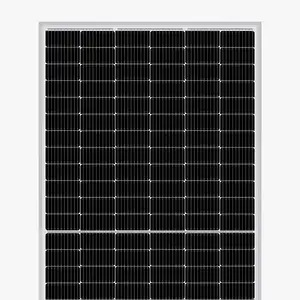
double glass transparent solar panel BIPV 290w 300w solar panels 300w bipv solar panels for greenhouse

cost of pvt hybrid mquina de limpieza de solar panels trina system 1000w price bipv 150w 1kw 5 kw on a house for your home




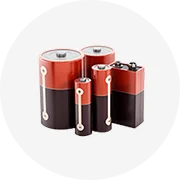
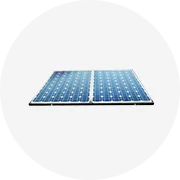
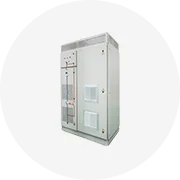
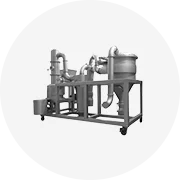
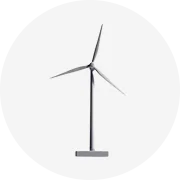
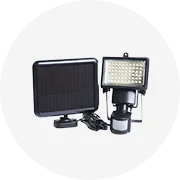
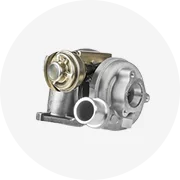
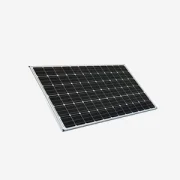

Building Integrated Photovoltaics (BIPV) are solar power-generating products that are integrated into the building envelope, such as the roof, skylights, or facades. Unlike traditional solar panels that are mounted on top of an existing structure, BIPV modules serve as both the outer layer of a building and as power generators. This dual functionality not only enhances the aesthetic appeal of buildings but also contributes to energy efficiency and sustainability.
BIPV is designed for architects, builders, and property owners who are looking to incorporate renewable energy solutions into their buildings from the ground up. It is an innovative approach that seamlessly blends photovoltaic technology into building architecture, thereby reducing the need for additional space and contributing to the overall design of the structure.
The principles on how BIPV works are similar to conventional solar panels. They convert sunlight into electricity through photovoltaic cells, which are interconnected within modules. These cells are made from materials like silicon that exhibit the photovoltaic effect—when sunlight hits these materials, they generate an electric current. However, BIPV modules go a step further by being customized to fit into building designs, often taking the shape of conventional building materials and serving structural functions.
BIPV technologies come in various forms to suit different architectural needs and are often categorized based on their material composition and application:
Monocrystalline Silicon BIPV: Known for its high efficiency and durability, monocrystalline silicon is a popular choice for BIPV solutions. These modules can be used on roofs or as part of the facade, providing a sleek and modern look while generating power.
Thin-Film BIPV: Thin-film solar cells can be applied to flexible substrates, making them suitable for curved surfaces and unconventional building shapes. They offer a lower profile and can be integrated into windows or glass panels allowing for natural light penetration while also producing electricity.
Polycrystalline Silicon BIPV: These panels are recognizable by their distinctive blue hue and have a slightly lower efficiency compared to monocrystalline silicon. Polycrystalline BIPV is often used in larger installations where space is not at a premium.
Amorphous Silicon BIPV: Amorphous silicon cells can be manufactured into long sheets and are less affected by high temperatures. This type of BIPV is ideal for applications such as skylights or semi-transparent facades where diffuse light is desired.
Selecting the right BIPV solution requires careful consideration of several factors that align with specific project requirements. Here’s what businesses should take into account:
Material Efficiency: The choice between monocrystalline, polycrystalline, thin-film, or amorphous silicon should be guided by the balance between cost, efficiency, and the architectural vision for the building.
Aesthetic Integration: Since BIPV serves both functional and aesthetic roles, it's essential to choose modules that complement the design of the building. Consider how each type of module may impact the overall appearance.
Structural Compatibility: The chosen BIPV must be structurally compatible with the intended application—be it roofing systems, facades, or glazing elements—without compromising on safety or integrity.
Power Generation Needs: Evaluate energy needs based on building usage to ensure that the selected BIPV system can meet the expected power generation requirements.
After-sale Services: Look for suppliers offering comprehensive after-sale support such as onsite training or installation services to ensure smooth integration and operation of the BIPV system.
Alibaba.com stands out as a premier global marketplace for sourcing BIPV products that cater to various commercial needs. Whether it's integrating solar power into a hotel's facade or installing an energy-generating roof system for an office building, Alibaba.com connects businesses with a myriad of suppliers offering bespoke solutions tailored to their architectural vision.
With its roots firmly planted since 1999, Alibaba Group has expanded its reach to over 190 countries, facilitating international trade with ease. Through Alibaba.com, buyers can sift through an extensive selection of BIPV modules from trusted suppliers across different material compositions like monocrystalline silicon or innovative thin-film technologies suitable for diverse architectural applications from villas to industrial complexes.
Alibaba.com's commitment to supporting small and medium-sized enterprises globally is evident in its user-friendly platform which offers services like Trade Assurance—ensuring secure transactions and peace of mind until delivery completion. For businesses looking to venture into sustainable building practices with integrated solar solutions, Alibaba.com provides a reliable and efficient avenue for sourcing top-tier BIPV products without geographic constraints.
BIPV, or Building Integrated Photovoltaics, are solar power solutions that are integrated into the architecture of a building, serving as both a construction material and an energy generator, unlike traditional solar panels which are mounted atop existing structures.
Architects, builders, and property owners looking to incorporate renewable energy solutions into their buildings from the outset should consider BIPV technology. It is particularly beneficial for new constructions or renovations where energy efficiency and design are prioritized.
Yes, BIPV systems can be customized to fit various architectural designs, offering flexibility in terms of shape, size, and color to seamlessly blend with the building's aesthetic.
BIPV modules are made using different photovoltaic materials such as monocrystalline silicon, polycrystalline silicon, thin-film, and amorphous silicon, each offering unique characteristics suitable for specific applications.
BIPV modules typically have comparable efficiency to conventional solar panels, with monocrystalline silicon being the most efficient option. However, the overall efficiency also depends on how well the BIPV system is integrated into the building's design.
When choosing a BIPV system, consider factors like material efficiency, aesthetic integration with the building design, structural compatibility, power generation needs, and after-sale services offered by the supplier.
Structural limitations may exist depending on the building's design and the type of BIPV system being installed. It's crucial to ensure that the building can support the additional weight and that the BIPV modules meet safety standards.
To estimate the energy production capacity of a BIPV system, you must consider factors such as module efficiency, geographic location, orientation, and exposure to sunlight. Consulting with a professional can provide a more accurate assessment based on these variables.
While BIPV is ideally incorporated during construction or significant renovations, it is possible to retrofit certain types of BIPV modules onto existing buildings with proper structural assessment.
Important after-sale services for maintaining a BIPV system include onsite training for proper operation, onsite inspections to ensure performance standards, and support for repairs or replacements if necessary.
The expected lifespan of a BIPV system can vary depending on the materials used and environmental conditions but generally ranges from 20 to 30 years before significant degradation in performance may occur.
Most types of buildings can qualify for BIPV installation provided they have suitable surfaces such as roofs, facades, or skylights that receive adequate sunlight and can structurally support the system.